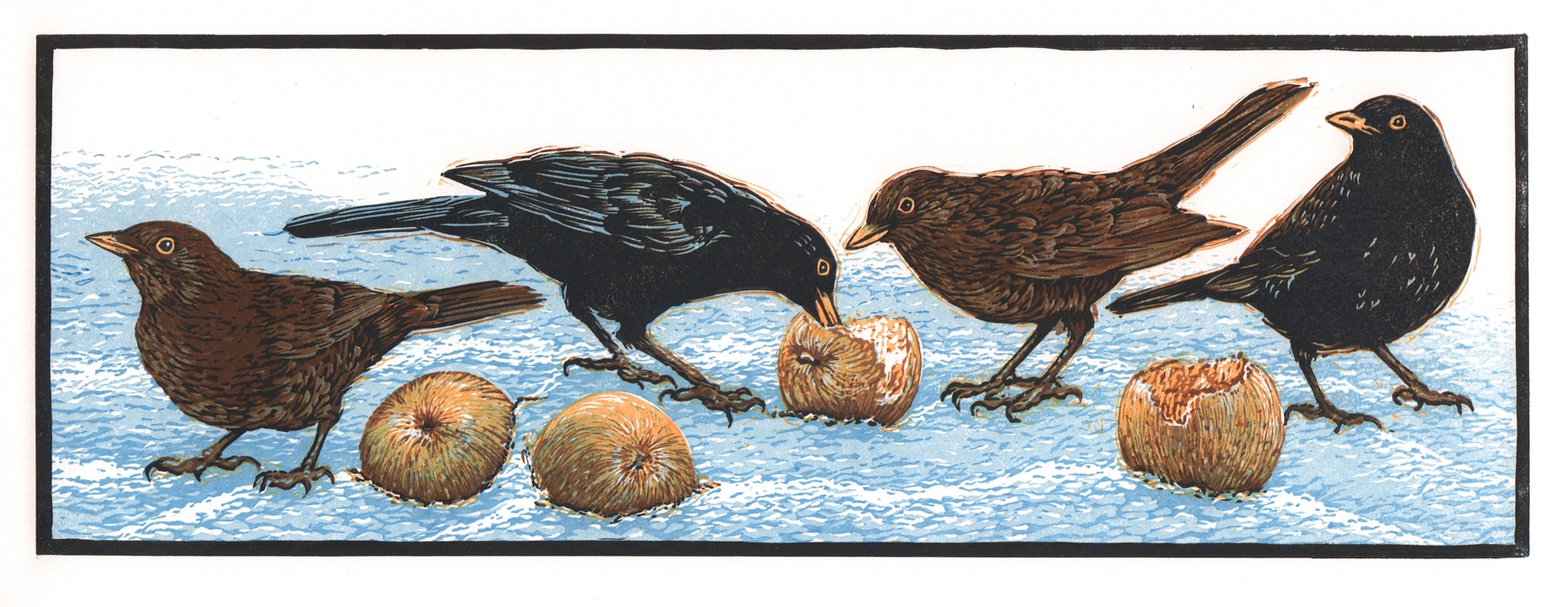
I had already made one adaption, which was to make a longer print bed for it from a cut down commercial chopping board; giving me a bed of 600 x 220 x 13 mm. This enabled me to plan a print area of about 40 x 15 cm whilst still having room for a supporting frame or ‘forme’, made of pieces of the same 4mm hardboard my lino is mounted on to, and allowing room to attach the Ternes Burton registration pins.
A picture paints a you know what, so I thought I'd describe the process in captioned pics:
I use commercial flooring lino - 'Marmoleum' - glued firmly to a backing board and sanded smooth and flat.
The Ternes Burton tabs are the attached to each sheet. (I will do another blog post on the use of these if anyone is interested)
This XCut Xpress is a wonderfully useful, compact, well made bit of kit. Very limited in print size potential of course, (I'm harbouring a secret desire to make a super long bed and print a meter wide print) but after this, I'm looking forward even more to demonstrating what it plus a bit of flooring and some ink can do!
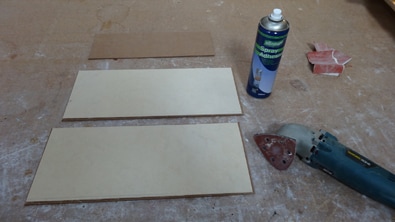
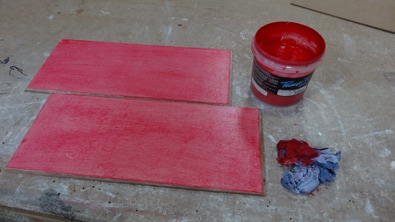
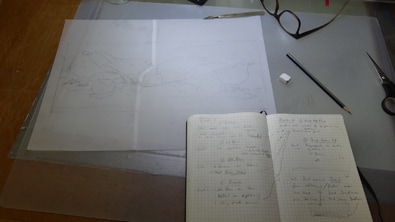
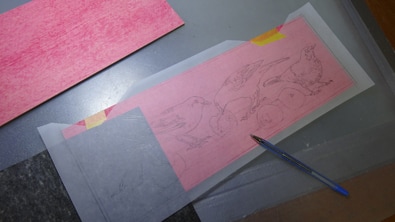
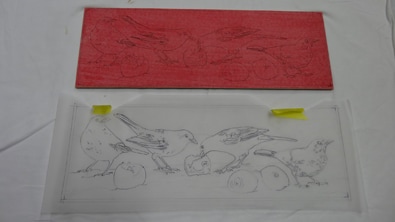
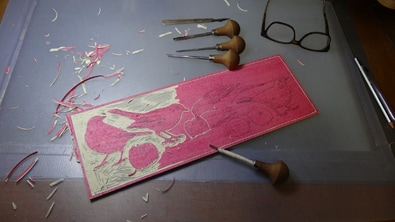
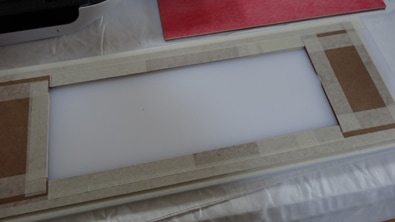
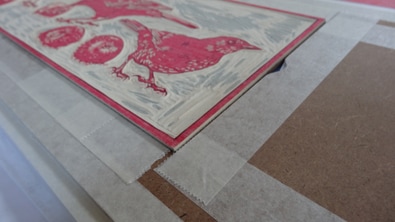
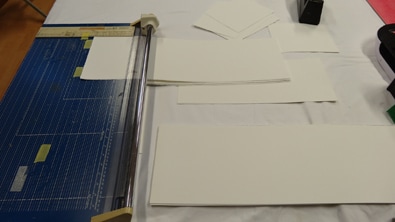
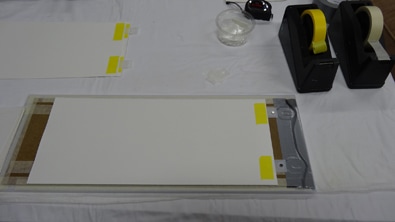
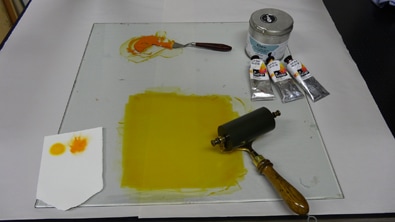
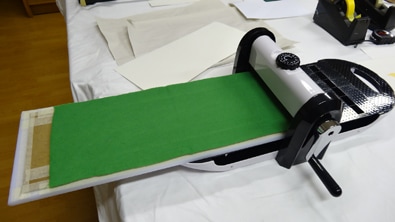
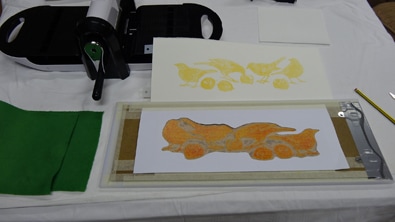
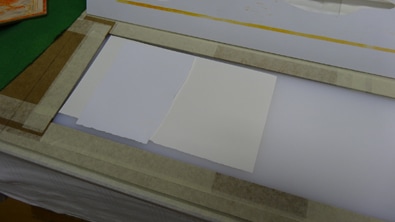

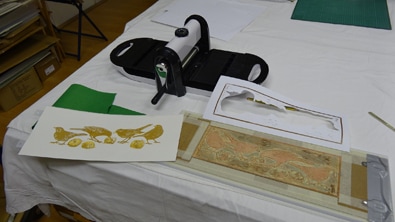
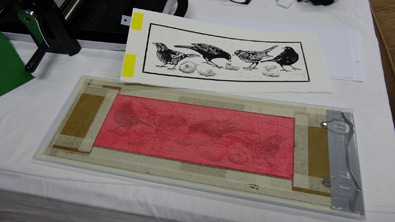
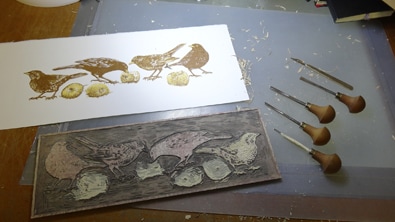
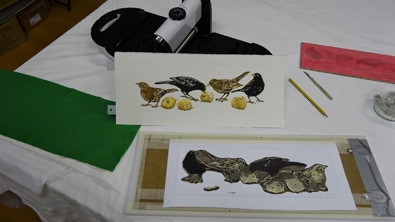
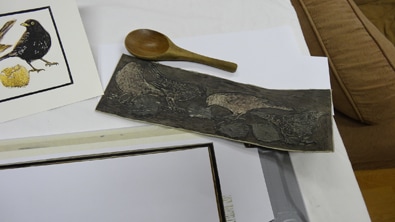
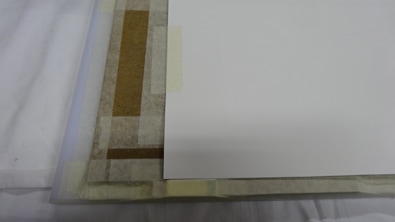
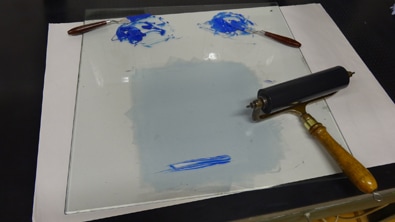
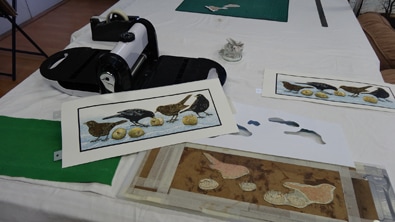
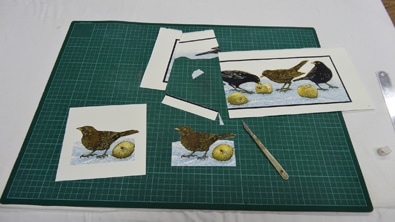
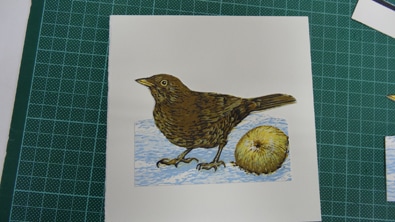
 RSS Feed
RSS Feed